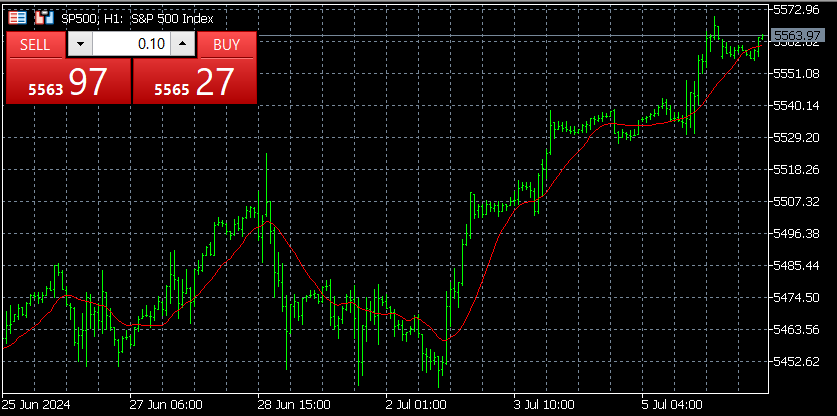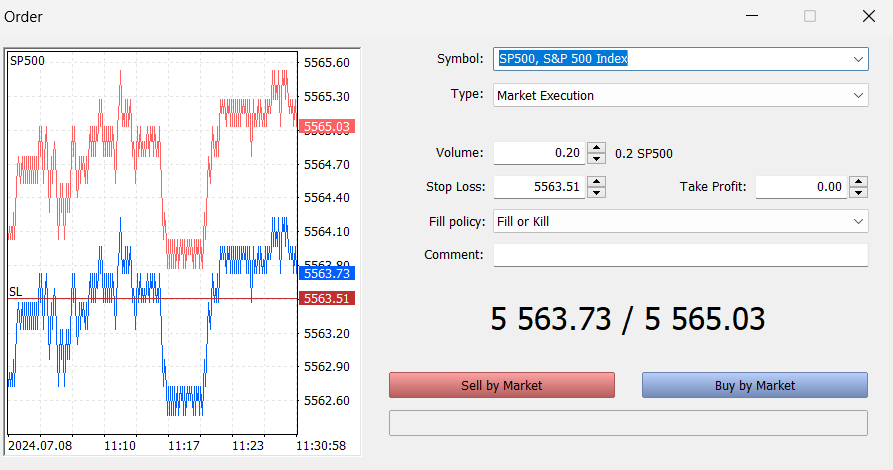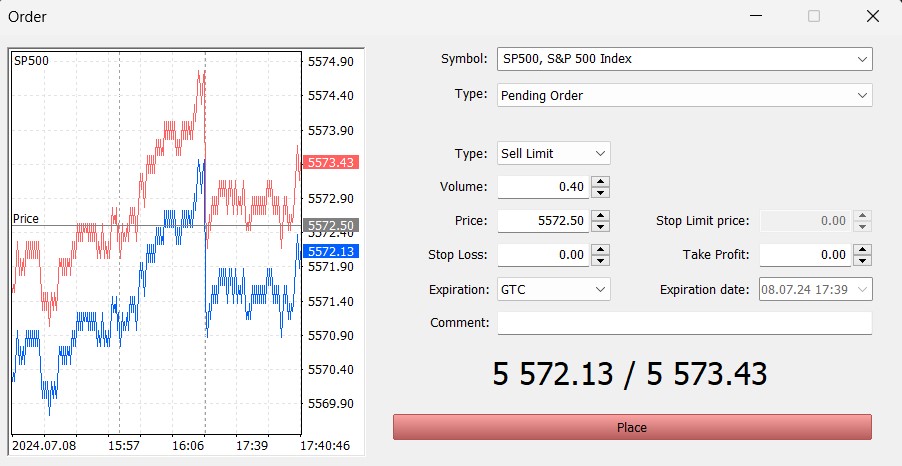In financial markets, indices are formed by combining the prices of a select group of stocks and financial assets traded on an exchange and calculating their values based on their market capitalization.
Trading Index CFDs with zForex gives the opportunity to trade on the best-performing stocks of a sector or a company in one basket, providing traders with easy risk management. By informing yourself and following the steps below, you can create your trading account and start earning on index CFDs with zForex!
Creating a trading account with zForex is a simplified process that takes only several steps. Here’s how you can get started;
zForex promotes a trading environment full of benefits to improve your experience. After your first deposit, you will receive a 30% trading bonus for your next trade, giving you the opportunity to increase your potential profits!
Indices are basically like mini portfolios that track a specific slice of the stock market. Imagine a basket holding various fruits. An index is like a basket holding a selection of stocks from a particular market segment.
Some indices, like the S&P 500 index, focus on specific sectors like technology or healthcare. These help you track how that industry is performing. Others, like the DAX 40 in Germany, track the top companies of a certain country. These indices give traders a general idea of that nation's stock market health.
Deciding between trading indices and stocks depends on your risk tolerance and goals. Indices offer a broad basket of stocks from a sector or entire market. Diversification reduces risk as a single company's poor performance has a smaller impact. You will need less research as the focus is on overall economic trends. However, returns tend to be moderate and steady.
On the other hand, stock trading allows you to target specific companies with potentially higher returns. This, however, comes with significant risk as a company's performance directly impacts your investment. Thorough research on financial markets, industry trends, and competition is necessary to choose a stock.
If you decide on trading CFD indices, there will be terms you will frequently stumble upon. Here are some of them;
Index: A measurement of the performance of a group of stocks.
Market Capitalization: The total market value of a company's shares.
Benchmark: A standard against which the performance of investments is measured.
Index Fund: A type of mutual fund or ETF designed to follow a particular index.
Blue Chip Stocks: Shares of large, reputable, and financially stable companies.
The changes in market sentiment play a part in shaping investor behavior. Let’s say that a significant medical breakthrough is announced, leading to expectations that the S&P 500 index will rise due to positive market sentiment. We will be examining how to open long and short positions with this hypothetical.

Based on the news of the medical breakthrough, you anticipate that the S&P 500 index will increase as investor confidence boosts the market. Using your zForex trading platform, you decide to go long on the S&P 500 index by placing a buy order.
For instance, you buy 10 contracts of the S&P 500 CFD at a current price of 4,500. To manage risk, you set a stop-loss order at 4,400 to limit potential losses and a take-profit order at 4,700 to secure your gains. As expected, the positive market sentiment drives the S&P 500 index up. When the price reaches your take-profit level of 4,700, your position is automatically closed, resulting in a profit.

In a different scenario, suppose that despite the positive news, you anticipate that the market has overreacted and expect a short-term correction where the S&P 500 index will drop. You decide to go short on the S&P 500 index by placing a sell order. For example, you sell 10 contracts of the S&P 500 CFD at a current price of 4,500.
To manage risk, you set a stop-loss order at 4,600 to limit potential losses and a take-profit order at 4,300 to secure your gains. As expected, the market corrects, and the S&P 500 index drops. When the price reaches your take-profit level of 4,300, your position is automatically closed, resulting in a profit.
In Summary
Trading indices, whether taking long or short positions, allows you to leverage market movements and capitalize on various scenarios. You can manage risk effectively and take advantage of both rising and falling markets by using the zForex trading platform.
 Precious Metals Ratios Against Gold
Precious Metals Ratios Against Gold
Learn what precious metals ratios mean. See what gold-silver, gold-platinum, gold-palladium, and gold-copper ratios tell traders.
Detail How to Share Access to a cTrader Account
How to Share Access to a cTrader Account
Learn how to share access to another cTrader account with a step-by-step guide for web, desktop, and the cTrader mobile app.
Detail How to Use Risk-Reward Tool in cTrader
How to Use Risk-Reward Tool in cTrader
What is the Risk-Reward tool in cTrader and how to use it. Learn with practical examples.
DetailThen Join Our Telegram Channel and Subscribe Our Trading Signals Newsletter for Free!
Join Us On Telegram!